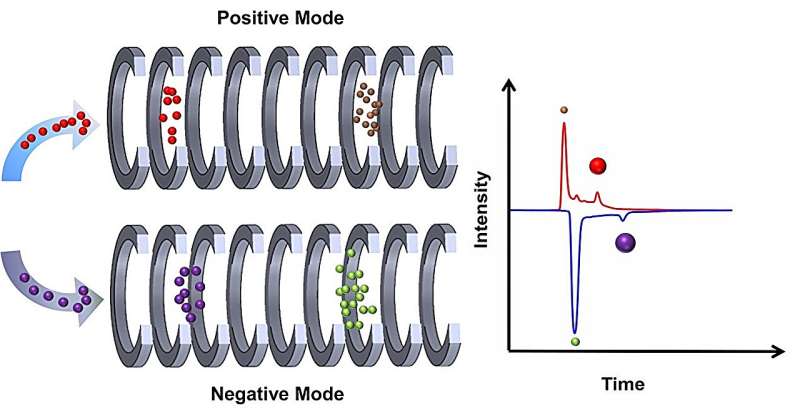Researchers from the Chinese Academy of Sciences have developed a novel dual drift tube ion mobility spectrometry (DDT-IMS) technology that can rapidly detect both positive and negative ions of four toxic metabolites derived from 2,4,6-trinitrotoluene (TNT). This breakthrough allows for the detection of residual metabolites in the human body, providing valuable health warnings, especially for workers in TNT manufacturing facilities. The technology has high potential in assessing the environmental and biological risks of TNT. TNT and its metabolites are a significant concern due to their hazardous nature.

Novel Detection of Toxic TNT Metabolites
Prof. Huang Chaoqun, the leader of a research group in Hefei Institutes of Physical Science (HFIPS) under the Chinese Academy of Sciences, has developed an efficient dual drift tube ion mobility spectrometry (DDT-IMS) technology for fast detection of four TNT-metabolites.
TNT, a fungally and bacterially biodegradable explosive that produces 2-amino-4,6-dinitrotoluene(2-ADNT), 4-amino-2,6-dinitrotoluene (4-ADNT), 2,4-diamino -6-nitrotoluene (2,4-DANT) as well and 2,6-diamino-4-nitrotoluene (2,6-DANT). These metabolites have the potential to carry health risks and thus their identification is particularly important for workers laboring in TNT manufacturing sites.
Dual-Mode Detection as well as Deep Analysis
Dual-mode detection was performed by the HFIPS research group to measure ion mobility of metabolites and assess impact of drift tube temperature. In addition, they performed an evaluation of the instrument response times for each detecting mode.
Applying this DDT-IMS technology to urine samples allowed the researchers to show that it was possible to detect TNT metabolites in complex biological matrices with a high sensitivity and specificity. According to Prof. Huang, this advance is considerably valuable in appraising the environmental and biological risks linked with TNT exposure.
Discussion and Future Directions
The invention of this new detection system demonstrates innovative progress by the HFIPS research team and a deliberation to addressing the potential health concerns caused by TNT metabolites. This will allow for rapid, high-fidelity detection of these dangerous compounds even in the most complicated biological settings and provide early warnings to protect those working in TNT manufacturing facilities.
Additional research and development in this space may enable broader adoption of this technology to enhance environmental, public health surveillance, etc. applications where it is necessary to detect toxic substances. But as the scientific community pushes analytical boundaries, advancements such as the DDT-IMS technology could help us better monitor and mitigate environmental and health risks moving forward.
